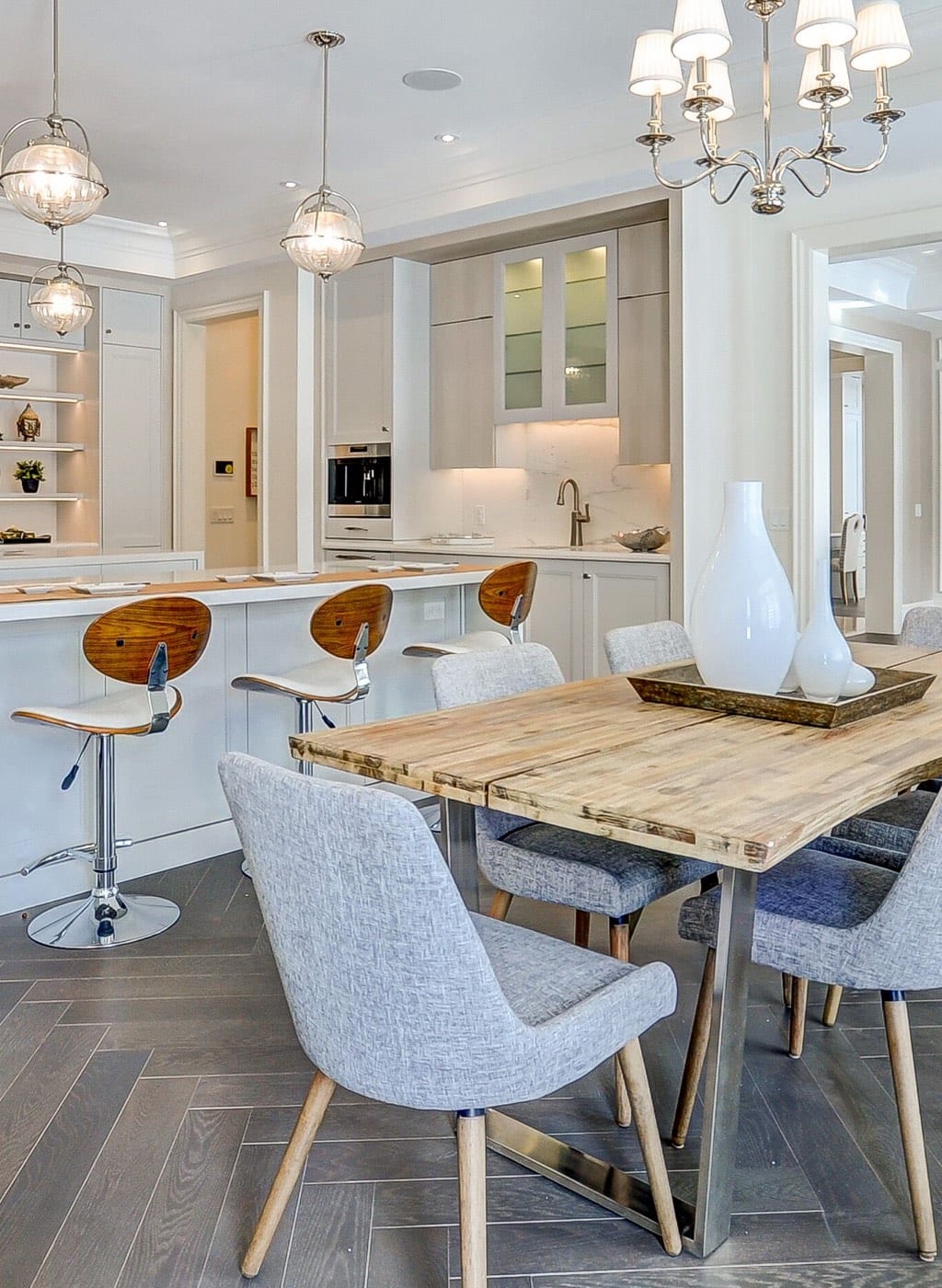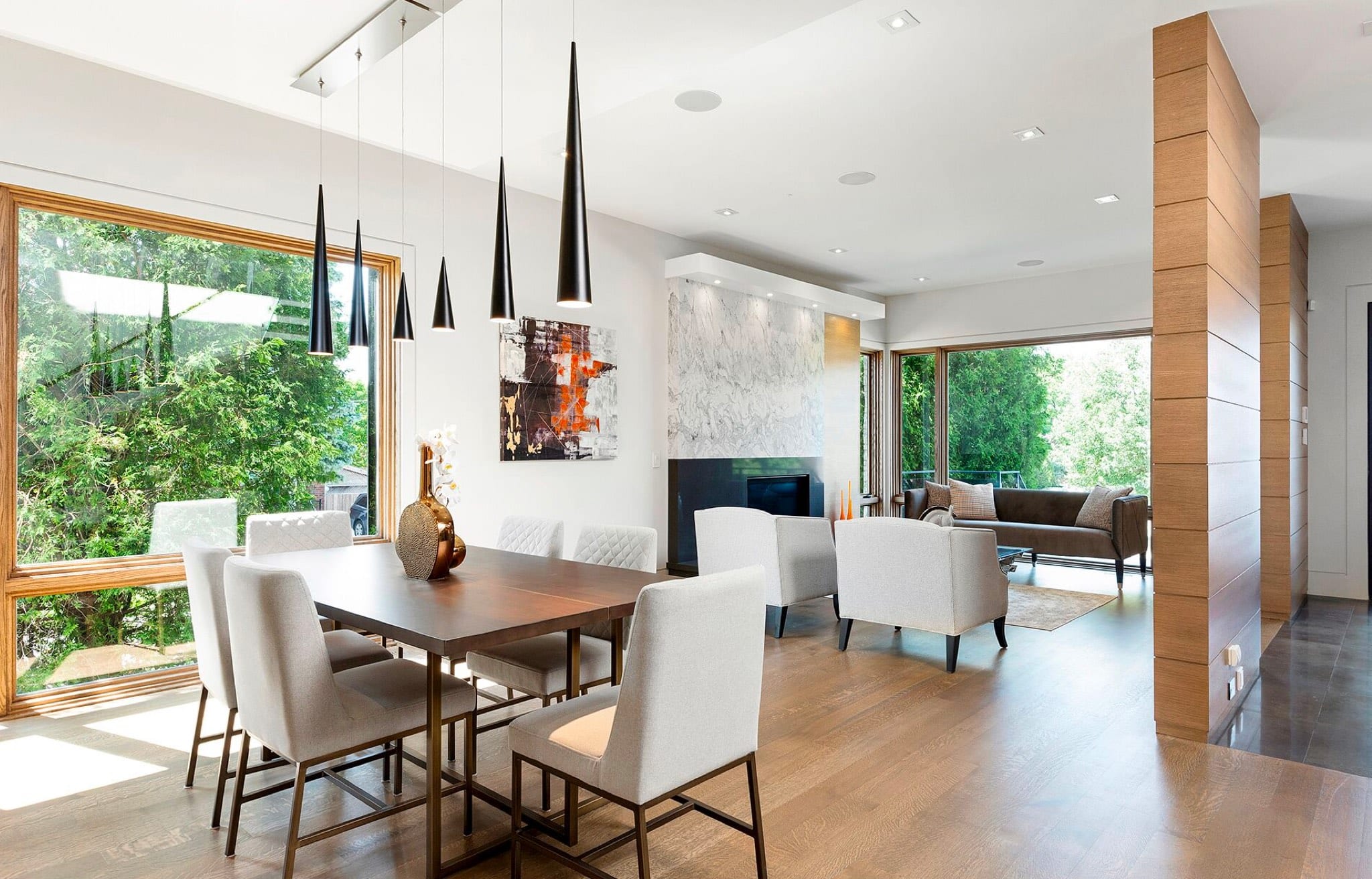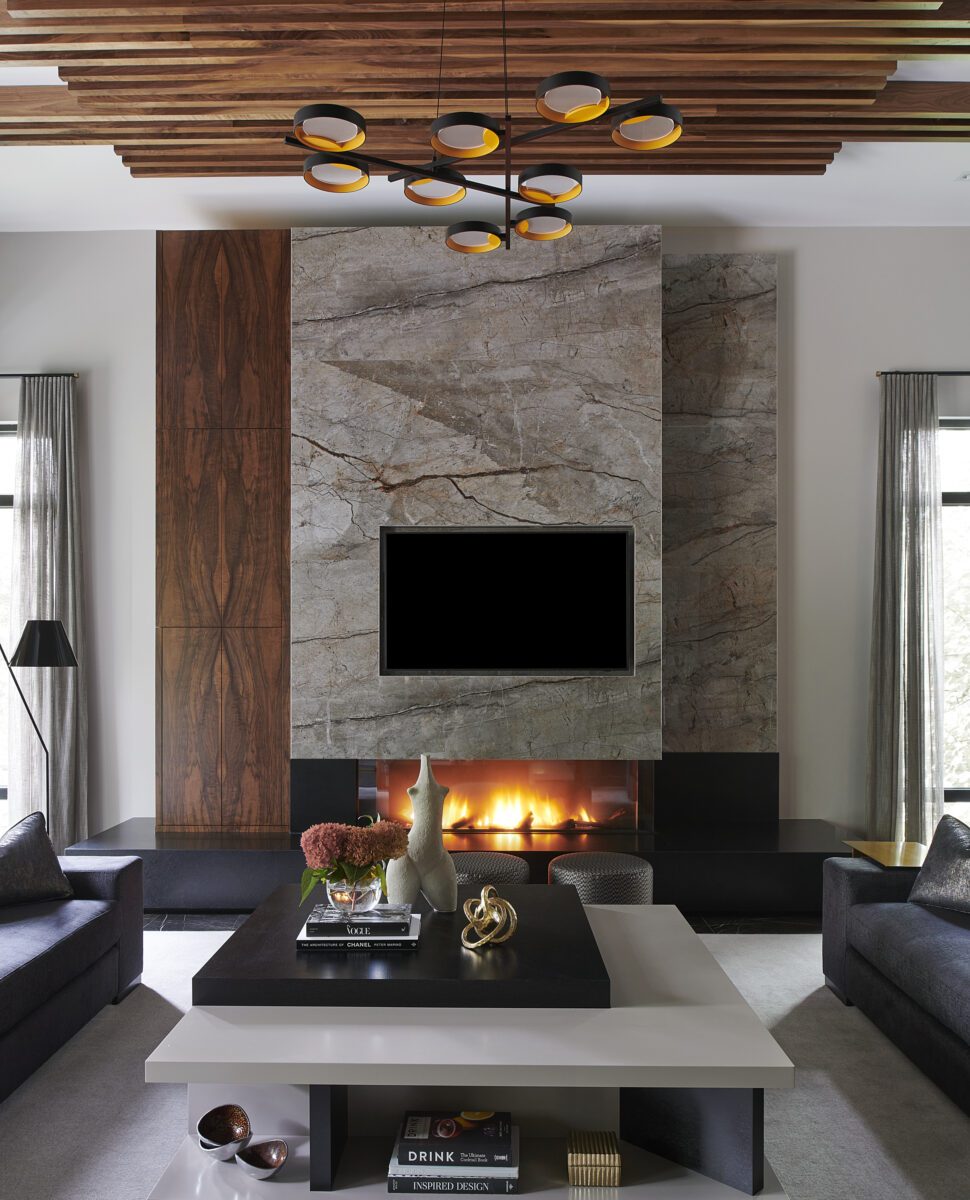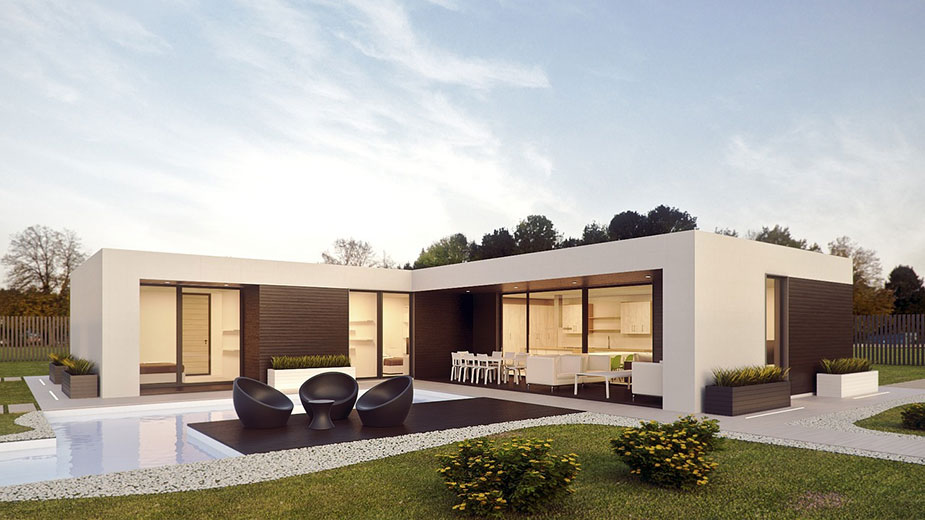
When it comes to aesthetics, the rules are simple. Something is in style until it’s not, and then it must wait until it’s back in style again. Everything eventually comes back into style. Even those born in the early ’90s are now experiencing a wave of nostalgia for the “Y2K” aesthetic of the 2000’s.
Houses and home décor are no different. Victorian homes, Tudor style, and interior farmhouse aesthetic are still popular – even the stretch ceiling has come back into style!
Harvey Kalles Real Estate was founded back in 1957, and as an experienced real estate broker in Toronto, we see all kinds of styles of house and decor disappear and then come back into popularity.
Today, we’re going to talk about the renaissance of mid-century modern designs. This retro style can be quite controversial – you either love it or hate it, but either way, there’s no denying its resurgence in today’s housing demands.
But what is mid-century modern? To answer that, we need to first know its history.
A History of Mid-Century Modern Design
The dawn of mid-century modern began in the 1940s. The designs came from a wave of architects fleeing from Germany during the war, bringing with them the modern German style of Bauhaus.
Bauhaus was a German art school in the ’20s and ’30s that became famous for combining avant-garde art with functional everyday life. Early inklings of mid-century modern designs like typography and geometric graphic design worked their way into interior designs.
German architect Walter Gropius, the founder of Bauhaus, fled to America and began to teach at Harvard Graduate School of Design. Gropius wasn’t alone; other prominent German architects also began teaching at schools and imparting their methods to North American students.
After the war ended, there was an unprecedented demand for housing expansion. As everyone returned from war and couples were reunited, the feeling of confidence that there was peace, at last, resulting in what is now known as the baby boom.
Family housing popped up everywhere, and the new wave of German or German-taught architects were there to build them.
The post-war also brought about shifts in experimenting with materials such as steel were at the height of their production. At the time, America was making 40% of the world’s steel, and it began to be used in housing architecture.
This combination of German-influenced designs with the demand for modern American life became what we now know as mid-century modern.
Characteristic of Mid-Century Modern Design
Mid-century modern designs can be applied to both architecture and furniture. Both a mid-century modern house and mid-century modern furniture share the same traits, many of which are still very desirable in today’s market.
Minimalism
Clean lines, simple shapes, lack of clutter, neutral colours, and modest wood furniture are signs of a mid-century modern home. In today’s market, comfortable and flexible home design is huge, and these simplistic open spaces are desirable for those looking to use a room for multiple purposes.
Function Over Form
There’s a reason we say the phrase “They don’t build them like they used to,” and it’s the same reason you can find so many functioning mid-century modern furniture pieces in antique stores today. While simple in design, mid-century modern furniture was built to last! It’s not uncommon for these pieces to be handed down from generation to generation and repurposed through the years.
Clashing Materials
While wood-on-wood is a common element in these homes, mid-century modern designs also love to clash with textures. It’s not uncommon to see a room with contradictory materials like acrylic, metal, carpet and laminate.
Neutrals with Pops of Colour
Wall colours dramatically influence the mood of the room. Mid-century modern designs utilize neutral colours and earth tones with splashes of bright colours in the accents.
Outdoors Indoors
Mid-century modern homes often feature large, flat-panel windows to bring in the outdoors. They also incorporate many raw natural elements, such as wood and bountiful amounts of houseplants.
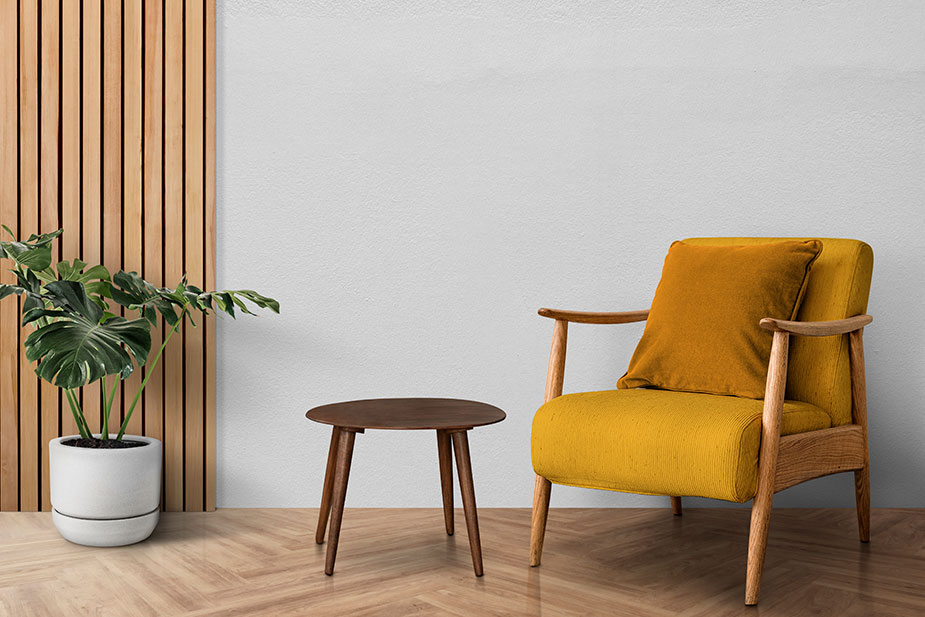
Where can I find Mid-Century in Toronto?
You can find mid-century homes scattered throughout the city and its outskirts, but one can look at a few key areas.
Midland Park is a heritage district in central Scarborough known for its collection of mid-century modern houses. These homes were built in the ’60s. Midland Park residents are proud of their homes and work hard to keep the mid-century modern vibe going. They even have their own website.
The quiet neighbour of Bathurst Manor also features several prominent mid-century homes. This is a neighbourhood of community, with many families and schools in the area.
Even in Toronto luxury real estate neighbourhoods, mid-century homes can be found. Just last year, a mid-century modern house hit the market in The Bridle Path, listing at $6.67 million.
In terms of where to buy mid-century modern furniture, the resurgence of the design has made it easier to find in mainstream furniture stores. Because they are built to last, they can often be found in many antique stores as well. In Toronto, there are even stores dedicated to their designs.
Mid Century Modern Toronto
The aptly named Mid Century Modern Toronto, located in North York, is devoted to selling this style’s restored furniture. Here you will find TV credenzas, tables, seating, dressers, and all kinds of pieces from this retro era.
Vintage Home Boutique
Vintage Home Boutique, located by the Earlscourt neighbourhood, also offers a selection of upscale furniture specializing in mid-century modern design, with a vast majority of their products available for viewing on their website.
Guff
This Davies Avenue store, located just off the Bay Street Corridor neighbourhood, features vintage furniture and pieces ranging from Scandinavian to art deco, offered at competitive pricing.
Are You Looking for a Mid-Century Modern House?
With a great understanding of the GTA and its history, our dedicated team would love to help you find your dream home; whether you’re seeking mid-century modern style homes or looking to avoid them – we can help. Our team has experience in both selling luxury real estate and helping first-time homebuyers alike.
Get in touch with us today at (416) 441-2888 or by using our Contact Us.

